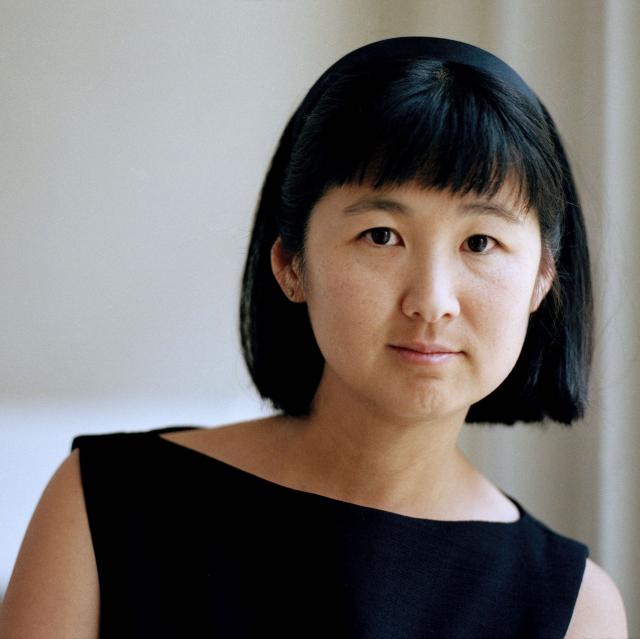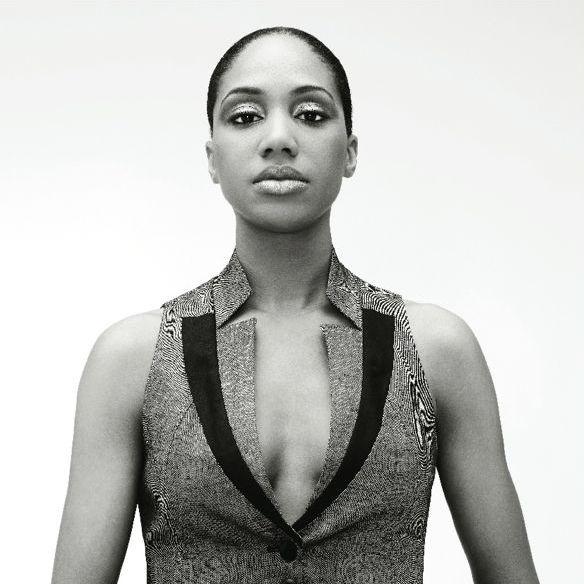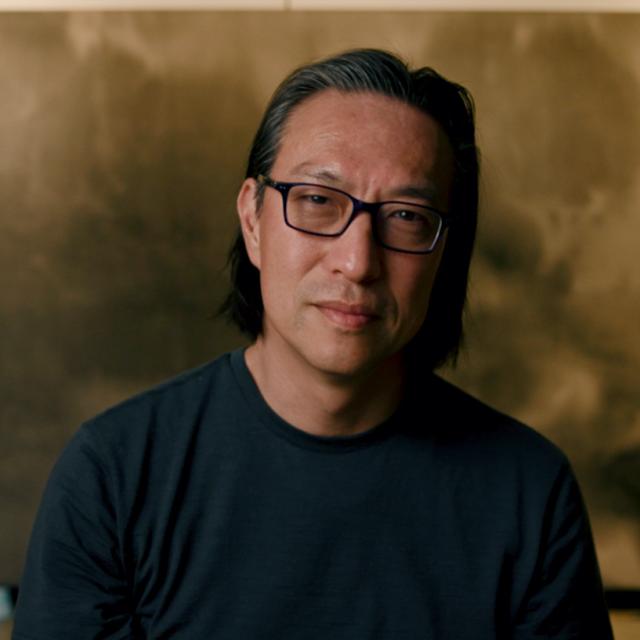Trinity Talks: Art as a Medium for Change

Visual art is a doorway to new insights and revelations. It can challenge the expected narrative and transform our way of perceiving and understanding, if even for a moment. Join Trinity as we welcome artists who invite us to see our relationships, culture, and environment in a new way—calling us to respond and take part in creating a more just future.
Maya Lin – Reconnecting to the Natural World
March 19, 2023
Maya Lin is known for her large-scale environmental artworks, architectural works, and memorial designs. She is an environmental activist who raises awareness about environmental degradation and the biodiversity crisis and creates art that encourages viewers to rethink their immediate surroundings. Lin will join the Rev. Michael Bird for a conversation about our relationship to nature, the current climate crisis, and envisioning new ways to see a different outcome for us and our planet.
About Maya Lin
Artist and designer Maya Lin interprets the natural world through the lens of history, politics, and culture. Her unique installations, architecture, and memorials, such as the Vietnam Veterans Memorial, become a part of the land and merge physical and psychological environments to create a new way of seeing the world around us. Lin has works in the permanent collections of the National Gallery of Art, The Metropolitan Museum of Art, The Museum of Modern Art, and The Smithsonian Institution.
She has honorary doctorates from Yale and Harvard and is the recipient of the National Medal of Arts, the Presidential Medal of Freedom, and the Presidential Design Award for her widely acclaimed memorials. A member of the American Academy of Arts and Letters and of the American Academy of Arts and Sciences, she has been profiled in TIME, The New York Times Magazine, and The New Yorker. The 1996 documentary about her, Maya Lin: A Strong Clear Vision, won the Academy Award for Best Documentary.
LaToya Ruby Frazier – Art as Transformation: Using Photography for Social Change
February 12, 2023
LaToya Ruby Frazier’s work depicts the stark reality of today’s America: post-industrial cities riven by poverty, racism, healthcare inequality, and environmental toxicity. By featuring voices and perspectives traditionally erased from the American narrative, MacArthur “Genius” Frazier not only captures our cultural blind spots—she teaches us how art is a powerful tool for making change. Frazier will join in conversation with the Rev. Dr. Kelly Brown Douglas to discuss the transformative power of art.
About LaToya Ruby Frazier
photo credit: Robbie Fimmano
LaToya Ruby Frazier was born in 1982 in Braddock, Pennsylvania. Her artistic practice spans a range of media, including photography, video, performance, installation art, and books, and centers on the nexus of social justice, cultural change, and commentary on the American experience. In various interconnected bodies of work, Frazier uses collaborative storytelling with the people who appear in her artwork to address topics of industrialism, Rust Belt revitalization, environmental justice, access to healthcare, access to clean water, Workers’ Rights, Human Rights, family, and communal history. This builds on her commitment to the legacy of 1930s social documentary work and 1960s and ’70s conceptual photography that addresses urgent social and political issues of everyday life.
Frazier is an Associate Professor of Photography at the School of the Art Institute of Chicago, where she currently lives and works. She is represented by Gladstone Gallery in New York City and Brussels Belgium, and Sant’Andrea de Scaphis in Rome.
Makoto Fujimura – Beauty + Justice
October 23, 2022
Makoto Fujimura is a leading contemporary artist who creates process-driven, refractive “slow art.” Author of Art+Faith: A Theology of Making, Fujimura is an arts advocate, speaker, and theologian recognized worldwide as a cultural influencer. He joined the Rev. Phillip Jackson for a conversation about how the act of creativity helps us heal, be in relationship with one another, and build a more just world.
About Makoto Fujimura
Makoto Fujimura is a leading contemporary artist whose process-driven, refractive “slow art” has been described by David Brooks of the New York Times as “a small rebellion against the quickening of time”. A Presidential appointee to the National Council on the Arts from 2003-2009, Fujimura served as an international advocate for the arts, speaking with decision makers and advising governmental policies on the arts. In 2014, the American Academy of Religion named Makoto Fujimura as its “2014 Religion and the Arts” award recipient. He has had numerous museum exhibits including Tikotin Museum in Israel and Gonzaga Jundt Museum. Robert Kushner, in the mid-’90s, wrote on Fujimura’s art in Art in America this way: “The idea of forging a new kind of art, about hope, healing, redemption, refuge, while maintaining visual sophistication and intellectual integrity is a growing movement, one which finds Makoto Fujimura’s work at the vanguard.” Fujimura has authored 4 books, and his new book Art+Faith: A Theology of Making (Yale Press) has been called by poet Christian Wiman as “a tonic for our atomized time”.








